Frequently Asked Questions
Electrical spotter FAQ's

Dogging & Rigging FAQ's
• Dogging License: Required for those who direct the movement of loads.
• Rigging License: Different levels exist, including Basic Rigging, Intermediate Rigging, and Advanced Rigging, depending on the complexity of the tasks.
• Conducting risk assessments before lifting
• Ensuring all equipment is inspected and maintained
• Using proper lifting techniques and equipment
• Providing clear communication among all team members
• Wearing appropriate personal protective equipment (PPE)
• Inspect rigging equipment before use
• Follow weight limits and load ratings
• Use proper techniques for lifting and securing
• Wear appropriate personal protective equipment (PPE)
• Ensure the area is clear of unnecessary personnel
LOOK UP Electrical Spotting is here to serve you.
Contact us today to discuss your needs or to schedule an appointment.
We look forward to being your trusted electrical spotter.
